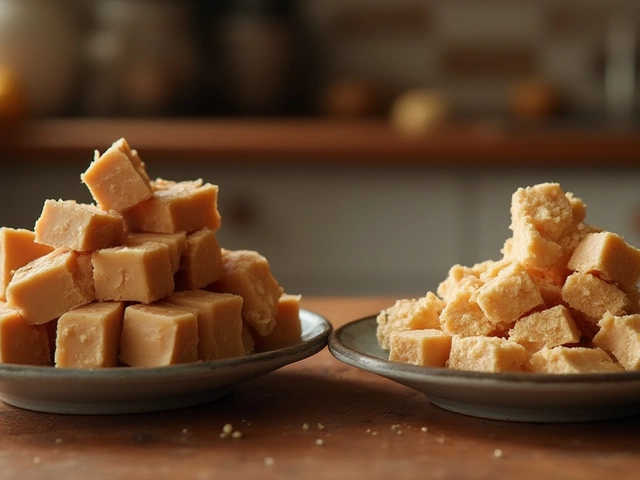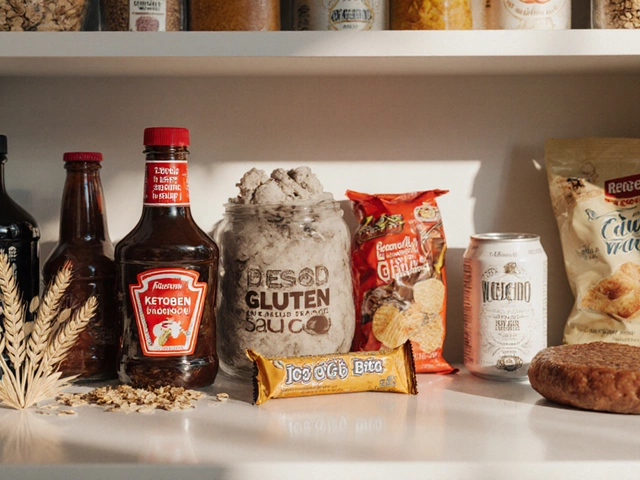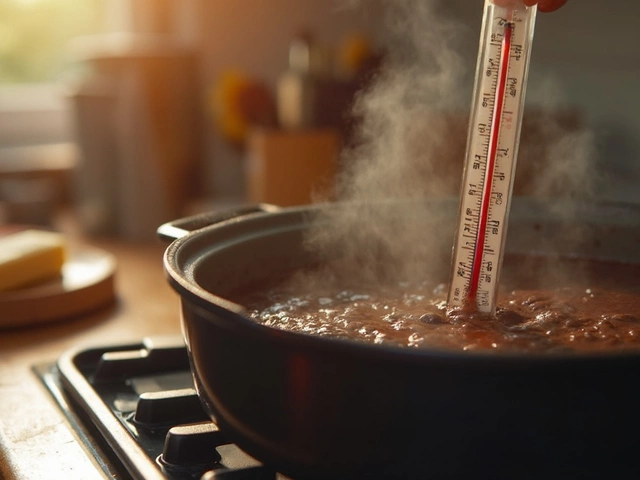Sinking Cake: Why Cakes Sink and How to Fix It
Ever pull a cake out of the oven and notice a sad dip in the middle? It’s a common frustration and it usually means something went wrong during baking. The good news is that most sinking problems have easy fixes. Below we break down the top reasons cakes sink and share practical steps you can take right now.
Common Reasons Cakes Sink
Under‑baked center. If the middle of the cake isn’t fully set, it will collapse as it cools. This often happens when the oven temperature is too low or the baking time is cut short.
Too much liquid. Adding extra milk, water, or fruit puree can make the batter too runny. The cake rises, but then the extra moisture makes it fall.
Over‑mixing. Mixing batter too long develops gluten, which makes the crumb heavy. A heavy crumb can’t hold the rise and will sink.
Leavening mistakes. Using old baking powder or soda, or using the wrong amount, means the cake won’t get enough lift. Also, opening the oven door too early lets hot air escape and can cause a sudden drop.
Gluten‑free pitfalls. Gluten‑free flours behave differently. They can absorb more liquid and create a denser texture, which is why gluten‑free cakes often sink if you don’t adjust the recipe.
Quick Fixes to Keep Your Cake Level
Start by checking your oven temperature with an inexpensive thermometer. Even a few degrees off can make a big difference.
Measure leavening agents carefully. If a recipe calls for 1 tsp of baking powder, stick to that amount and make sure it’s fresh (it should fizz when mixed with a little water).
Try the “toothpick test” a few minutes before the suggested bake time ends. Insert a toothpick into the center; if it comes out clean or with a few crumbs, the cake is ready.
If you’re using gluten‑free flour, add a bit more binding agent like xanthan gum or use a blend that already contains it. This helps give the crumb structure it needs to stay up.
Avoid over‑mixing. Stir just until the wet and dry ingredients are combined. A few lumps are okay.
Lastly, let the cake cool in the pan for about 10 minutes before turning it out. This gives the structure a chance to set and reduces the risk of a sudden collapse.
By paying attention to these simple details, you can keep your cakes from sinking and end up with a flat, fluffy top every time. Happy baking!

Sinking Cake: Why it Happens and How to Fix It
Ever pulled a cake out of the oven and found it sunken in the middle? Sinking cake is a super common baking problem, but it’s not unbeatable. This article tackles exactly what sinking cake is, why it happens, and the science behind those frustrating dips. It also covers easy ways to prevent it and what to do if your cake still sinks. If baking has ever let you down, you’ll find clear tips here to get your cakes rising right again.
View More




